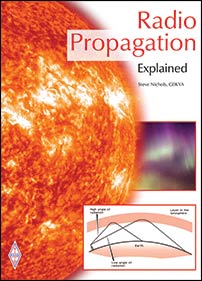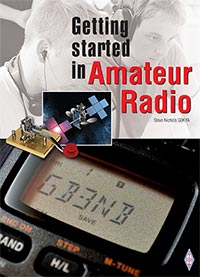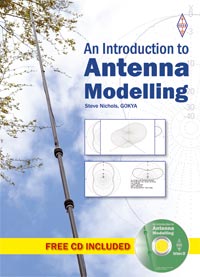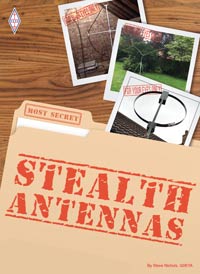 |
| NARC member and local TV weatherman Jim Bacon, G3YLA, operating the Caister station GB0CMS. (Steve Nichols G0KYA) |
It turned out to be our best ever effort - we worked 487 hams in 40 countries and got as far afield as Austraila (VK5), Barbados (8P), the US (out to Ohio), Canada and Asiatic Russia (UA9).
The reason I'm telling you this is because we tried a new antenna for 40m - the W5GI "Mystery Antenna". In fact, I only finished making it a day or so before the event so it was largely untested.
I've used one of these at home for a while and it works very well on 80m and 40m, especially if you can't fit an 80m dipole in. You can find out more on my W5GI post above, but everyone who used it was impressed and we got some very favourable reports. I find at home that it often breaks pileups on 40m even though it rests on the apex of the roof tiles!
On 20m we used my vertical end fed half wave (EFHW) design, but with a few tweaks. To stop RFI, which has plagued us in previous years, we mounted both antennas further away and I added four 10ft ground radials, earthed the matching unit to the screw-in base mount and also put a choke (line isolator) about 20ft back from the antenna. The radials are not as crucial as with a quarter wave design as it is a high impedance feed point. However, a few won't hurt and neither will the earth. The choke stopped currents flowing on the braid back to the radio. If I am operating just one radio this isn't quite so necessary.
It did the trick and we were able to operate the two stations with no mutual interference and no lost keyers or interfaces when RF gets into the cabling.
If you worked us on Saturday take a look at this short video shot by Kevin M0UJD.













No comments:
Post a Comment